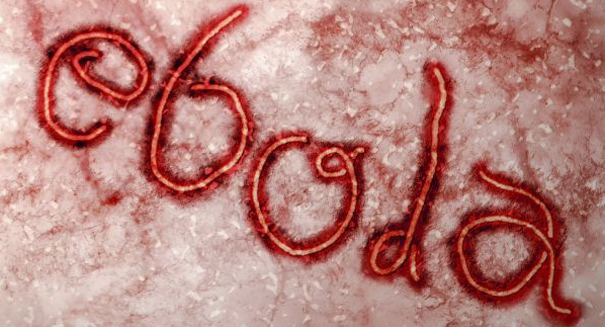
The end-game according to U.N. spokespersons is to be able to better determine not only what caused the Ebola outbreak but also how to better gauge a swift response to contain it.
Just when it may seem like the Ebola virus is under control in West Africa, current figures still underscore the seriousness of the outbreak: in the last three weeks nearly 1,000 new cases were reported, despite recent progress in the fight against controlling the spread of the disease. According to the United Nations Mission for Ebola Emergency Response (UNMEER), the Ebola epidemic has experienced a downturn largely bolstered by nearly $2.5 billion in humanitarian aid, not to mention assistance in the form of medical, logistical and financial aid.
While these figures are encouraging, U.N. officials point out that more than 900 new cases of Ebola coupled with nearly 800 deaths were recorded in the last three weeks of the new year.
At the end of 2014, UNMEER officials were braced for the arrival of more than 10,000 new Ebola cases weekly. However, those numbers, although forecast, never came to a head and currently new cases demonstrate a decline.
That is good news indeed, considering that Ebola outbreak in West Africa, the worst since the virus first came to light in the mid-1970’s, has taken the lives of nearly 10,000 individuals, according to World Health Organization (WHO) figures. Medical officials however still feel that Ebola poses an indefinite global threat and the road to “zero new cases” is still a long way off.
According to a Associated Press news article, Liberia has demonstrated the most impressive rate of decline, dropping from more than 300 new Ebola cases a week in August to September of 2014 and September to only 10 new reported Ebola cases per week currently. Likewise, the number of reported Ebola cases in Guinea has dropped from roughly 100 in December 2014 to to less than 30 in mid January of this year, a significant number of cases still go unreported, especially in remote areas.
Encouragingly, although the most new cases of the Ebola virus were reported in Sierra Leone and specifically along its western border, even those numbers are showing a decline: dropping from more than 300 in late December 2014 to less than 150 in mid-January of this year thanks to local efforts and abroad.
For its part, the U.N. Is concentrating on moving forward, looking to restore logistical and day-to-day services that hopefully point in the direction of a post-Ebola recovery in affected areas. Likewise, the World Health Organization’s executive board is holding a special session in late January to investigate how future global health emergencies can be handled with better efficiency and effectiveness.
Similarly, according to a statement from the United Nations, a joint U.N. – European Union conference set for early march will focus the state of the Ebola outbreak, the response and recovery. The end-game according to U.N. spokespersons is to be able to better determine not only what caused the Ebola outbreak but also how to better gauge a swift response to contain the outbreak.
Ultimately, medical professionals who have monitored the virus feel that Sierra Leone in particular is in much better shape today to control Ebola than it was just a few short weeks ago. And when dealing with such wide-scale loss of life, that means quite a bit comment UNMEER officials.
Leave a Reply